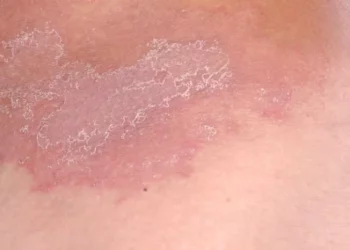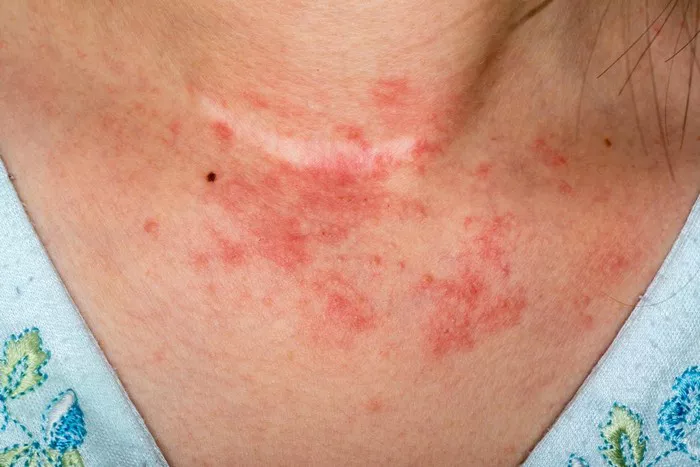Ringworm, despite its name, isn’t caused by a worm at all. Rather, it’s a fungal infection that can affect the skin, scalp, and nails. This common condition, caused by dermatophyte fungi, thrives under specific conditions and relies on certain nutrients for its growth and survival. To understand what ringworm feeds on, we must delve into the biology of these fungi and the environmental factors that facilitate their persistence.
The Culprit: Dermatophyte Fungi
Ringworm is primarily caused by dermatophyte fungi belonging to the genera Trichophyton, Microsporum, and Epidermophyton. These fungi have a predilection for keratin, a protein found in skin, hair, and nails. Unlike many other fungi that decompose organic matter, dermatophytes have evolved to specifically exploit keratin as their primary nutrient source.
Dermatophytes possess specialized structures called keratinases, which are enzymes capable of breaking down keratin into simpler compounds that can be utilized by the fungi for growth. This adaptation enables dermatophytes to colonize and infect keratin-rich tissues in the body, causing the characteristic symptoms of ringworm.
The Nutritional Requirements of Ringworm
To understand what ringworm feeds on, we must consider the nutritional needs of dermatophytes. Although these fungi primarily target keratin, they also require certain environmental conditions and other nutrients for optimal growth and propagation:
1. Keratin: The main dietary component of dermatophytes, keratin is found abundantly in the outer layers of the skin, hair, and nails. The ability of dermatophytes to break down and utilize keratin distinguishes them from other fungi and underscores their adaptation to parasitizing human and animal hosts.
2. Moisture and Warmth: Dermatophytes thrive in warm, moist environments. These conditions promote fungal growth and facilitate the invasion of host tissues. Areas of the body that are frequently warm and sweaty, such as the groin, armpits, and spaces between the toes, are particularly susceptible to ringworm infections due to these favorable conditions.
3. pH and Other Nutrients: Dermatophytes also require specific pH levels and other nutrients to support their growth. The exact nutritional requirements can vary among different species of dermatophytes, with some being more adaptable to acidic environments than others.
Host Factors and Transmission
In addition to the fungal requirements, certain host factors and modes of transmission play a crucial role in the development and spread of ringworm:
1. Human and Animal Hosts: Dermatophytes can infect both humans and animals. Pets, such as dogs and cats, can harbor dermatophyte fungi and serve as sources of infection for humans.
2. Direct Contact: Ringworm is often transmitted through direct contact with infected individuals or animals. Sharing personal items such as towels, clothing, or grooming tools can also facilitate the spread of the fungus.
3. Environmental Reservoirs: Fungal spores shed from infected individuals can contaminate surfaces and persist in the environment for extended periods. This environmental reservoir contributes to the persistence of ringworm in communal settings.
Preventive Measures and Treatment
Understanding what ringworm feeds on is crucial for developing effective preventive measures and treatment strategies:
1. Hygiene Practices: Maintaining good personal hygiene, such as regular handwashing and avoiding sharing personal items, can help prevent the spread of ringworm.
2. Environmental Control: Cleaning and disinfecting surfaces in communal areas, especially those frequented by multiple individuals, can reduce the risk of environmental contamination with dermatophyte spores.
3. Antifungal Therapy: Treatment of ringworm typically involves topical or systemic antifungal medications. These medications target the dermatophyte fungi and inhibit their growth, ultimately eliminating the infection.
Conclusion
In conclusion, ringworm, caused by dermatophyte fungi, feeds primarily on keratin, a protein found in skin, hair, and nails. However, the ability of these fungi to thrive and cause infections is influenced by a combination of environmental factors, host characteristics, and transmission dynamics. By understanding the nutritional requirements and mode of transmission of ringworm, we can develop targeted strategies to prevent and treat this common fungal infection effectively.
Related Topics:


























